Disease diagnosis, prevention and control techniques should be enhanced
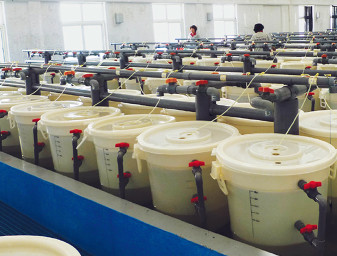
Marine shrimp farming has been one of the most important industries in the field of marine economy development in China. The main species cultured are Chinese shrimp (Fenneropenaeus chinensis); Pacific white shrimp (Litopenaeus vannamei); black tiger shrimp (Penaeus monodon); and Kuruma shrimp (Marsupenaeus japonicus).
Before 1995, F. chinensis was the most important farmed shrimp species in China, especially in the provinces comprising its natural distribution along the coast of the Bohai and Yellow Seas. Its highest ocean catch was over 40,000 metric tons (MT) in 1979. Production increases since 1995 came basically from L. vannamei (Figure 1).
In 2013, China harvested more than 1 mmt of shrimp from marine farm ponds, with L. vannamei accounting for 812,545 MT or 75.14 percent of the total. The production of F. chinensis (41,931 MT, 3.88 percent), P. monodon (72,008 MT, 6.65 percent) and M. japonicus (45,949 MT, 4.25 percent) also contributed relatively small shares.
F. chinensis farming
F. chinensis farming in China has had a history of about 60 years, considering the start of related research work in 1952. Dramatic changes occurred during this period and made it one of the most relevant industries in the mariculture field.
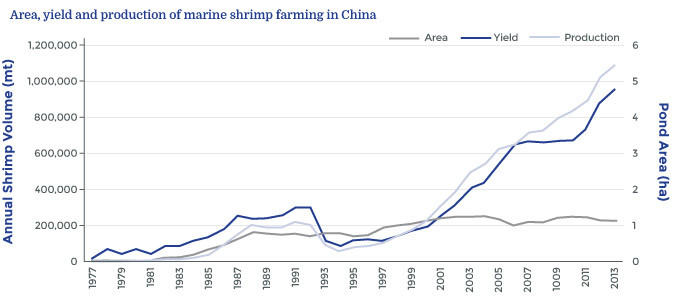
According to available information, in the afternoon of March 30, 1952, Shuping Zhu and Dizhou Tong discussed the collaboration on Chinese shrimp farming research between Yellow Sea Fisheries Research Institute and the Institute of Oceanology, Chinese Academy of Sciences. This was the earliest record of F. chinensis research in China collected by the author in the archives offices of the institutes. The initial research mainly focused on life history, gonad maturity, the water environment and feed.
The year of 1959 marked multiple milestones in the history of F. chinensis research in China. In this year, the first successful rearing of shrimp larvae was reported at the Beitang shrimp farm in Tianjin City, and the first report on the life history of Chinese shrimp was published. Also during 1959, the first wild-captured F. chinensis were successfully overwintered in indoor tanks, according to available data by Yu Wang and Ruiyu Liu and co-authors.
Seedstock production
Important technical breakthroughs in F. chinensis seed breeding were achieved in following years:
- In the 1960s, Ruiyu Liu, Shangqin Wu, Yu Wang, Fazhen Zhao, Kexing Wang and other Chinese scientists succeeded in experimentally breeding F. chinensis seedstock.
- In 1965, Fazhen Zhao of the Yellow Sea Fisheries Research Institute published his study on the development of shrimp larvae. It systematically described the morphology and distinctive features of the nauplius, zoea, mysis and postlarvae stages in detail, which provided the theoretical basis for correctly identifying and recognizing the larval stages and for artificial breeding of shrimp seedstock.
- By 1976, seed bred in concrete tanks and earth ponds had made substantial progress and promoted farming production.
- In 1981, remarkable progress was made under the concerted efforts of Fazhen Zhao, Denggong Cao, Kexing Wang, Zongyao Chen, Zhenqing Zhu and other researchers. In experimental tanks with a total water volume of 13,465 m3, an average of 37,300 postlarvae/m3 were reared, with some tanks containing as many as 200,000 postlarvae/m3. These researchers validated techniques for large-scale, industrial seedstock production by controlling temperature, water quality and feeds, and made China one of the leading countries in shrimp larval production.
The peak period of F. chinensis farming in China was 1987 to 1992, with annual total yield from farming ponds around 200,000 MT, and farm pond area of around 140,000 ha.
New varieties of F. chinensis
Since 1993, a nationwide outbreak of white spot syndrome (WSS) in F. chinensis has seriously affected shrimp culture. To address the disease, it became an urgent goal to develop and select new varieties with traits for faster growth and greater disease resistance. This work has been carried out by Dr. Qingyin Wang and his team at the Yellow Sea Fisheries Research Institute, Chinese Academy of Fishery Sciences, since 1996.
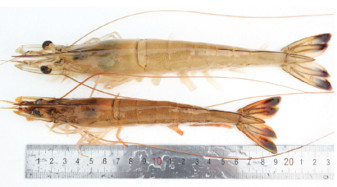
A new variety named Huanghai No. 1 was obtained in 2003 after seven generations of selective breeding incorporating biotechnology with a selective approach. The average body length increased by 8.40 percent, while the body weight increased 26.86 percent from the values achieved by the unselected control population. Besides this, many efforts were devoted to select lines of F. chinensis resistant to white spot syndrome virus since 1998.
After breeding for 11 generations incorporating multi-trait selective breeding technology, the Huanghai No. 2 variety featuring faster growth, higher pond survival and stronger disease resistance was evaluated in 2008. The harvest body weight increased by over 20.0 percent, resistance to WSS was increased by 15.8 percent, and the shrimp demonstrated lower morbidity or slower death after infection with disease.
In 2013, Huanghai No. 3 was obtained after five generations of selective breeding. Farming experiments showed that, compared to the performance of control groups, the resistance of the new varieties of juvenile shrimp to ammonia nitrogen increased by 21.2 percent, the survival rate increased by 15.2 percent, and average weight rose by 11.8 percent.
The Huanghai varieties of F. chinensis have been recommended by the Ministry of Agriculture of China as the main new varieties of shrimp to be cultured in Shandong, Hebei, Tianjin, Liaoning and other coastal areas of northern China. In recent years, their annual farming area exceeded 20,000 ha, and the shrimp have been well received by farmers.
Culture modes, technologies
Since the start of wild juvenile shrimp farming in the early 1950s, considerable attention was focused on research and development of farming modes and technologies to improve yields, control costs and increase benefits. During this period, shrimp farming developed from early extensive culture modes to intensive culture from 1958 onwards.
Large-scale culture of shrimp in China began in the 1980s, and a fairly systematic culture technology system has developed since the mid-1990s. Farming modes also underwent constant improvement and innovation, including extensive culture in the 1960s to 1980s, semi-intensive culture in the 1980s to 1990s, land-based pond culture and greenhouse culture.
Multi-trophic integrated culture is an emerging, ecosystem-based farming mode. It integrates shrimp farming with fish, shellfish, crabs, seaweed or other species to obtain good harvests with larger animal sizes, higher quality and good market value, but makes less impact on the environment.
An updated and promising pond-farming concept called biofloc technology has received considerable attention from shrimp farmers in recent years. With this technology, unutilized nutrients can be removed with the production of microbial biomass which can be used by shrimp as an additional food source. Biofloc systems also play an important role in bio-control against diseases and adjustments in dissolved-oxygen and pH levels.
Perspectives
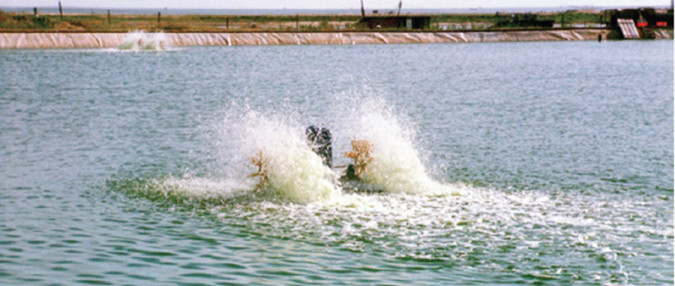
The Chinese shrimp, F. chinensis, has been widely consumed in China, and its farming undoubtedly has promise for expansion, even though some constraints and challenges need to be properly addressed. Some suggestions have been presented to promote further shrimp farming, including the development of new farming modes and innovative techniques, as well as new theories and ideas. Breeding of new varieties should be strengthened. Disease diagnosis, prevention and control techniques should be enhanced and improved, and feed quality and feeding schemes should be further perfected.
Shrimp farmers and related stakeholders must enhance their understanding of the interactions of farming activities with their ecosystems to practice ecosystem-based approaches that maximize profits while minimizing the impacts of shrimp farming. Sustainable and environmentally friendly development is the only viable way for shrimp farming to advance, which was one of the most important lessons to be learned from the developmental history of F. chinensis farming in China.
Authors
-
Dr. Xianhong Meng
Yellow Sea Fisheries Research Institute
-
Dr. Qingyin Wang
Yellow Sea Fisheries Research Institute
Chinese Academy of Fishery Sciences
106 Nanjing Road
Qingdao 266071 China[110,99,46,99,97,46,105,114,102,115,121,64,121,113,103,110,97,119]
-
Dr. Jie Kon
-
Dr. Jian Li
-
Dr. Jie Huang
Yellow Sea Fisheries Research
Tagged With
Related Posts
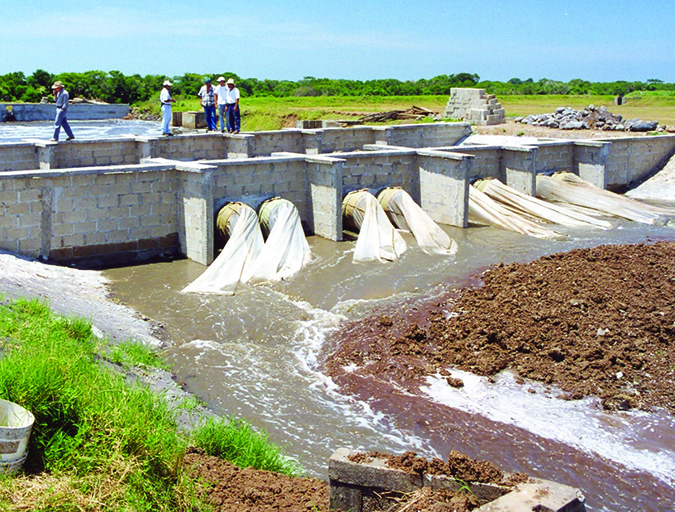
Health & Welfare
Vibrio control in shrimp farming: Part 2
Strategies to control Vibrio bacteria at aquaculture farms must revolve around limiting inputs, including those from postlarvae suppliers, those that come in with the water, those that remain in the soil between crops and those in the feed and accumulated organic matter.
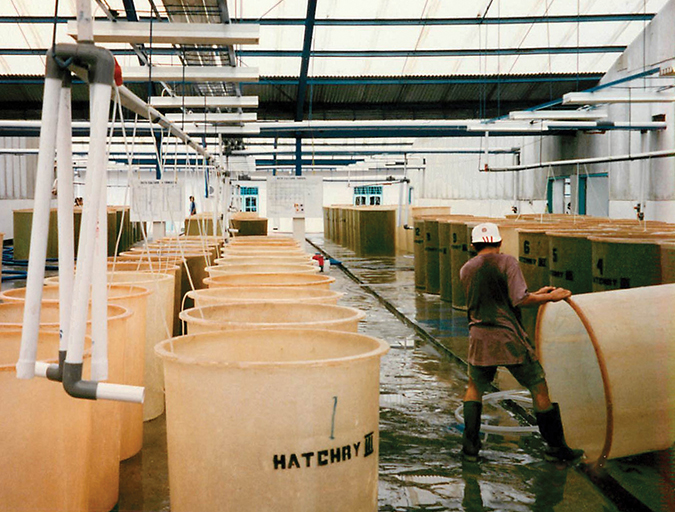
Health & Welfare
Vibrio control in shrimp farming: Part 1
Control of Vibrio bacteria should focus on minimizing overall bacterial loads and the potential for horizontal transmission. The challenge for hatchery managers is identifying gaps in biosecurity and plugging them without creating niches for other potential pathogens.

Responsibility
A look at various intensive shrimp farming systems in Asia
The impact of diseases led some Asian shrimp farming countries to develop biofloc and recirculation aquaculture system (RAS) production technologies. Treating incoming water for culture operations and wastewater treatment are biosecurity measures for disease prevention and control.
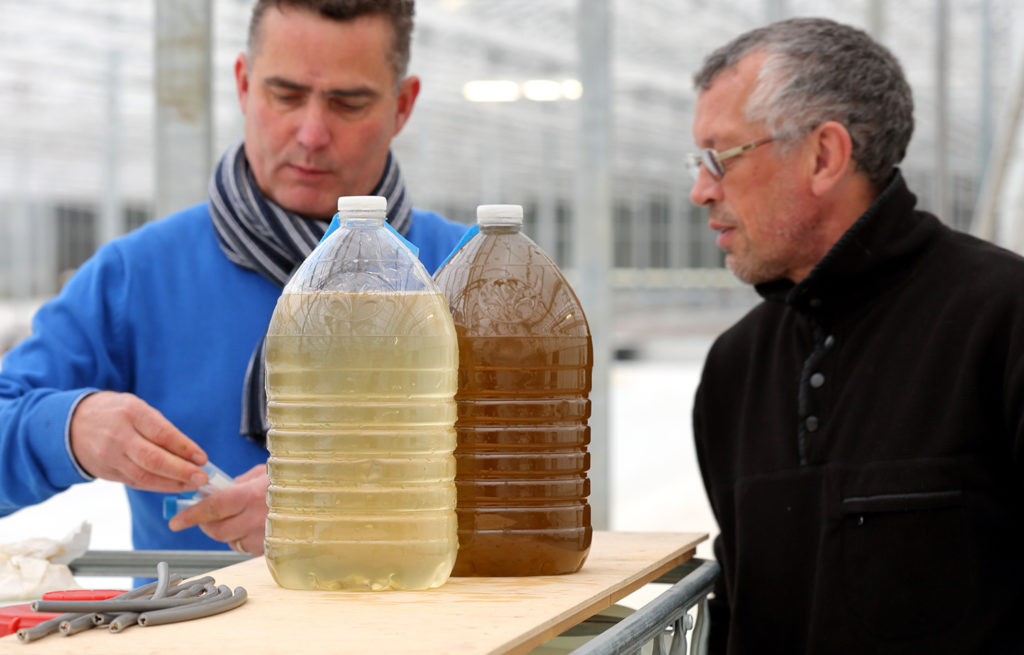
Innovation & Investment
Algae innovators aim to freeze out early-stage shrimp losses
A greenhouse in Belgium believes its innovative shrimp feed product, made from freeze-dried microalgae, packs the necessary nutrients for the crustacean’s most vulnerable life stage: the first three days of its life.


